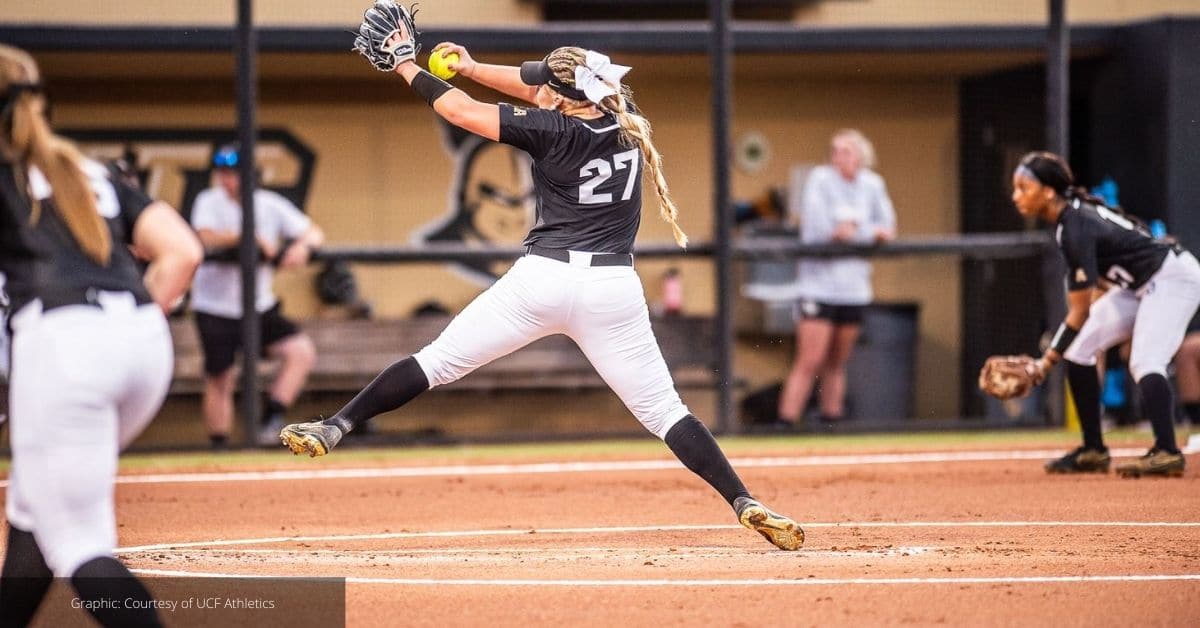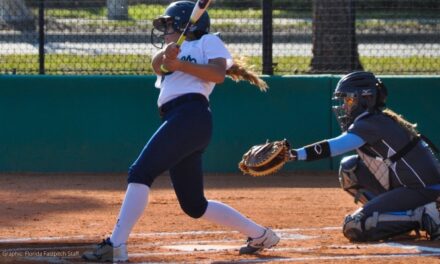In the ever-evolving landscape of college and youth sports, one term has dominated the headlines in recent years: NIL, or Name, Image, and Likeness. This revolutionary change in the way student-athletes can profit from their talents has stirred up a whirlwind of opinions and consequences. In this blog post, we’ll explore the good, the bad, and the ugly sides of NIL.
The Good: Empowering Student-Athletes
NIL has brought a wind of change that empowers student-athletes like never before. Here’s a glimpse of the positive aspects:
- Financial Empowerment: Student-athletes can finally benefit financially from their hard work and dedication. This opportunity can alleviate some of the financial burdens of being a student-athlete, such as tuition, housing, and everyday expenses.
- Life Skills Development: Engaging in NIL deals can teach student-athletes valuable life skills like financial literacy, time management, and negotiation. These skills will benefit them long after their athletic careers end.
- Equalizing the Playing Field: NIL allows athletes in non-revenue sports and female athletes to earn a share of the pie, promoting greater gender and sport equality.
- Boosting College Sports: The potential to earn money through NIL deals might encourage top-tier high school athletes to choose college sports over professional opportunities, enhancing the overall quality of college sports.
The Bad: Challenges and Concerns
While NIL offers numerous benefits, it also raises some legitimate concerns and challenges:
- Unequal Opportunities: Not all student-athletes have the same opportunities for NIL deals. Star athletes from high-profile programs are more likely to attract lucrative endorsements, leaving others with fewer opportunities.
- Distraction from Academics: Balancing the demands of college sports and NIL deals can be overwhelming. Student-athletes may find it challenging to prioritize academics, potentially compromising their educational experience.
- Eligibility and Compliance: Navigating the complex rules and regulations surrounding NIL can be a minefield for student-athletes, with unintentional violations risking their eligibility.
- Team Cohesion: The pursuit of individual NIL deals can potentially undermine team cohesion and create tension among teammates, especially if disparities in earnings become apparent.
The Ugly: Unintended Consequences
While NIL was implemented with good intentions, it has also spawned some unintended and potentially negative consequences:
- Recruitment Wars: Some schools and boosters may exploit NIL as a recruiting tool, offering lucrative deals to lure top high school prospects. This could create an even wider gap between powerhouse programs and smaller schools.
- Monetization of Youth Sports: NIL has the potential to commercialize youth sports, with young athletes seeking endorsement deals at an early age rather than focusing on skill development and a well-rounded education.
- Exploitative Agents: Unscrupulous agents and individuals may take advantage of young, inexperienced athletes, leading them into questionable deals that harm their long-term prospects.
- Increased Pressure: The pressure to perform on the field while maintaining a profitable off-field brand can be immense. This can affect the mental health and overall well-being of student-athletes.
The introduction of NIL in college and youth sports is a groundbreaking development with both positive and negative implications. While it empowers student-athletes, challenges like unequal opportunities and distractions from academics need to be addressed. Additionally, careful monitoring is required to prevent unintended consequences such as recruitment wars and the commercialization of youth sports.
It is imperative that colleges, governing bodies, and athletes themselves work together to strike a balance that ensures student-athletes benefit from NIL while preserving the core values of amateurism and sportsmanship. As the NIL landscape continues to evolve, thoughtful regulation, education, and ethical decision-making will be essential to ensure that the good outweighs the bad and the ugly in this new era of college and youth sports.






